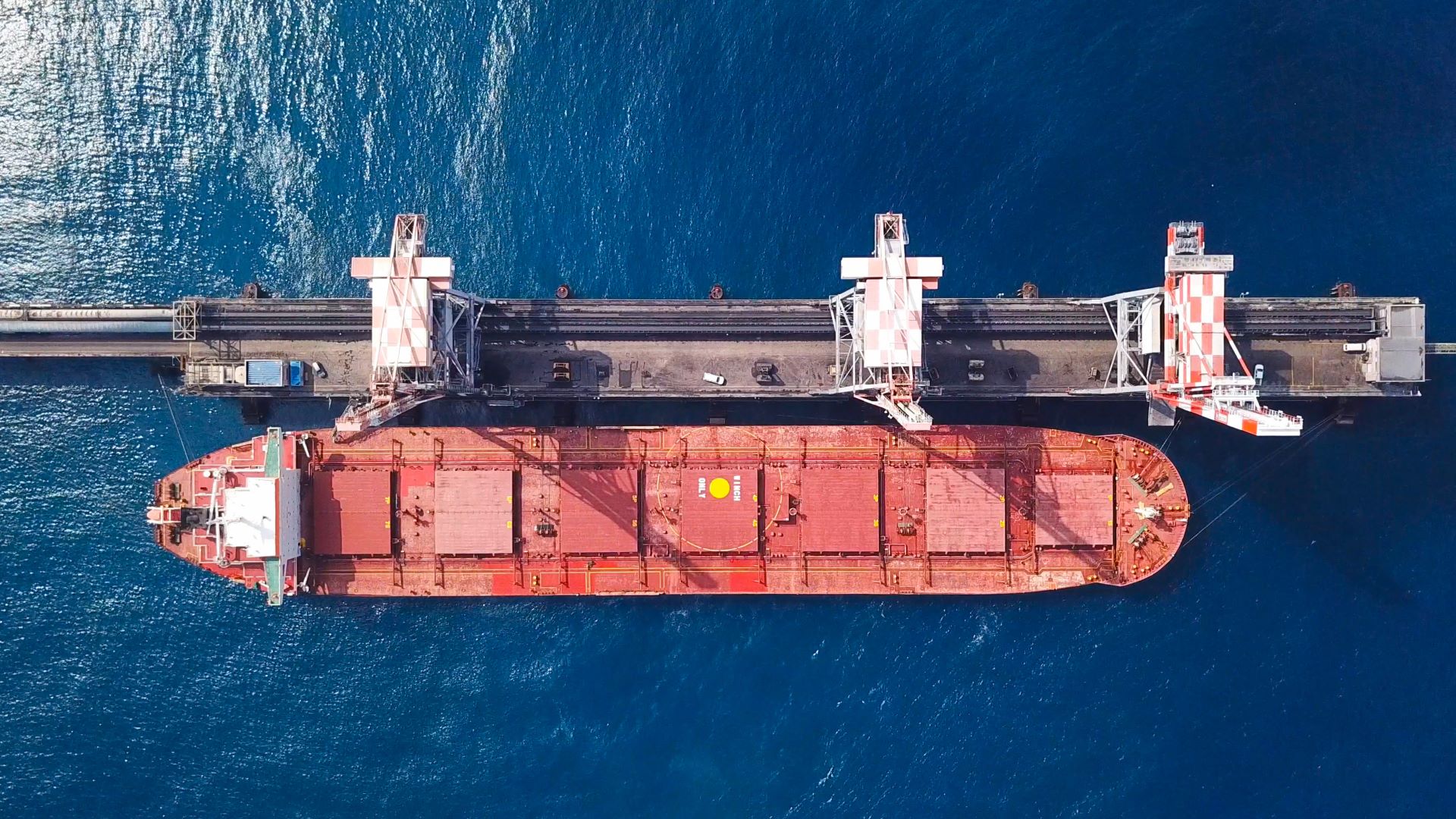MID-SHIP Report: Dry Bulk Freight Market – April 23, 2025

April 23, 2025
Following the Easter break, naturally, it was a slower start to this week.
We maintain our position of a recovery in freight rates for Cape-size vessels in the balance of the year, but rates will likely remain below 2024 levels. There is no escaping the early-year drag on what were already expected to be lower numbers overall year on year. Grain, Iron Ore, and Coal were all down. Weak Chinese import demand is the key factor for the market’s largest vessels. In Q1, Chinese import demand in ton-mile terms fell in comparison to Q4 2024 and Q1 2025, and Q1 2024 vs. Q1 2025. Bauxite continued to be a bright spot, growing substantially year over year in the same Q1 period.
Panamax freight rates have shown a broad-based increase. The Time Charter Average, which reached a low of $10,500 a little more than ten days ago, is now steadily climbing toward $12,000 per day – a significantly robust level as compared to the $6,800 levels at the start of the year despite ongoing global trade uncertainties stemming from two major conflicts and the U.S.-China tariff dispute.
The Supramax market continues to show strong regional contrasts. Asia remains strong with steady coal demand, while the Atlantic is slow and needs a boost. The Baltic Supramax Index rose to 964 points on April 23, 2025 – its highest level in weeks – driven primarily by robust activity in Asia, supported by steady demand for Indonesian Coal and nickel ore shipments. Softening Indian iron ore exports due to domestic urbanization efforts and reduced Chinese demand are beginning to weigh on rates.
The handy market was also still slowing coming back from the Easter holidays. In the U.S. Gulf, the market has been trending sideways, and the supply and demand have been fairly balanced. However, more ships are starting to be open spot, and owners have been doing the chasing for cargo interest. In the South Atlantic, the Handy market remains quite active, with the indexes showing more green for this week. Brazilian agricultural exports, particularly soybeans and corn, continue to provide a steady flow of cargo. Regions like the Continent and the Mediterranean have failed to gain momentum. Lack of fresh cargo and larger lists of available ships have decreased the rate from the last fixed. The Pacific Basin has seen more activity in both the North and the South hemispheres.
Despite a general softening in global bulk carrier rates this week, the South Atlantic remains one of the few active regions showing week-on-week gains. This uptick is largely driven by Brazilian and Argentinian farmers capitalizing on the open Chinese market, as U.S. soybean and agricultural exports remain largely halted due to the ongoing U.S.-China tariff dispute. Meanwhile, uncertainty surrounding U.S. trade policy continues to weigh on broader market sentiment.
Despite the Easter Monday holiday to start the week, we continue to see activity across the Indian Ocean region, especially BH sulphur shipments from AG, gypsum and aggregates from AG to EC India, and salt from WC India to China. In terms of market dynamics, particularly between AG–WC India range, the list of available spot vessels has continued to decline, with most owners’ preference for front haul business rather than back haul business due to continued uncertainty in the U.S. markets.
The USDA reported grain barge freight for St. Louis to NOLA was trading 397% of tariff as of the week ending April 15, 2025. For the week ending April 12, 2025, barged grain movements totaled 562,400 tons. This was 53% more than the previous week and 13% more than the same period last year.
The dry bulk market is projected to weaken in 2025 due to supply growth (2–3%) outpacing demand (falling 0.5–1.5% in BIMCO’s base scenario). Cape-size vessels may fare better due to lower fleet growth and steady iron ore demand, while Panamax and Supramax face pressure from high deliveries and weak coal/grain shipments.
Subscribe below to receive the full report.
